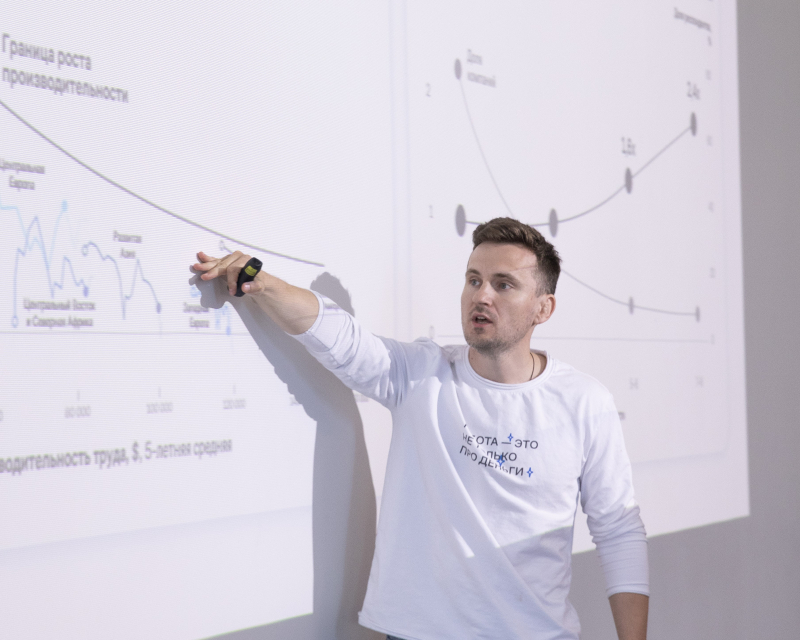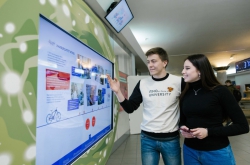Innovation booms to expect in the nearest future
First, let’s define innovations and their supposed effects. In short, it’s a systematic practice of creating breakthrough products and services – and bringing them to the market. The main result of introducing and developing innovations is economic growth, and increased labor productivity and income for a company. For instance, thanks to digital technologies and innovations, Samolet was able to double its labor productivity in recent years.
According to a study by McKinsey & Company, the number of vacancies in tech-heavy fields grew by 400,000 in 2022 alone. The greatest increase in the number of vacancies – and thus the most intensive growth of innovations, is expected in the following fields:
- next-gen software development;
- generative AI;
- renewable energy;
- machine learning industrialization;
- trust architecture and digital ID, Web3.
Currently, on the rise are neural networks for production control: they detect production defects via cameras. However, they are not the only innovations expected on the market.
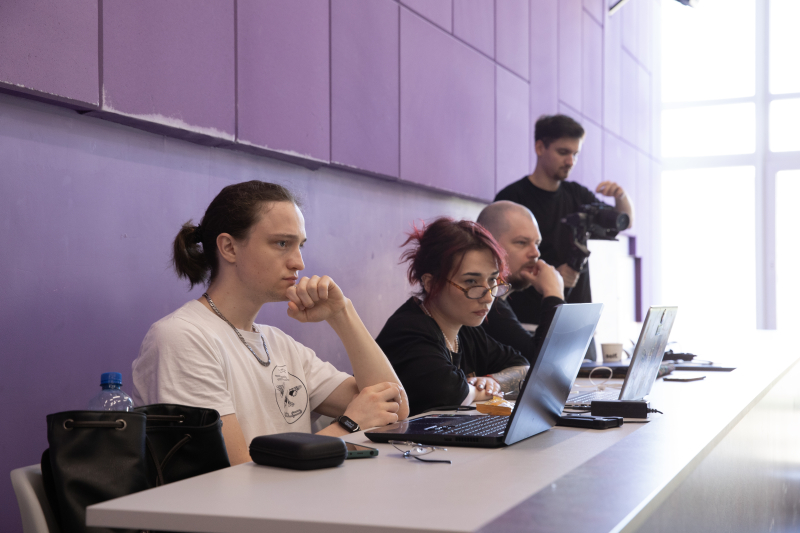
PI School: Rising Star. Photo by Maria Chudina / Megabyte Media
What makes a tech leader
For me, a technological leader is a company that implements 2-3 systematic innovations per year for each key function: design, development, sales, procurement, and product development.
Why do we at Samolet consider ourselves a technological leader? In 2023, Samolet became the number 1 developer in Russia in terms of construction volume. At the same time, we continue creating and developing IT solutions for real estate. In a year, we invested 10 billion rubles in IT, expanded our IT team to include 1,500 professionals, and started selling digital products. Today, our construction projects provide housing for people in seven Russian regions.
Here are a few innovations that we’ve successfully introduced and the benefits they brought:
- Automated construction stage recognition: a neural network determines the volume of completed work, compares it to that of the previous day, and records the number of blocks or floors added to a building. 1,200 people use this technology. Our production grew by 30% or 15,000 rubles per employee.
- On-site safety regulations control: a neural network detects people who are not wearing a helmet. This system is used by 300 people and thanks to that we have 30% less accidents.
- Reinforcement placement design: an AI-based program suggests optimal reinforcement placement options in groundwork and concrete floors. This helps automate the work of high-profile specialists. Our production grew by 30% or 95 square meters per employee.
Moreover, we are trying to implement generative networks like ChatGPT. For instance, our architects already use them to create several types of facades. We also use these models to make visuals and videos, and recently we’ve developed a chatbot that, based on a photo, can suggest up to four renovation options to be done in a flat before selling it.
Read also:
ITMO and Samolet Group Launch New Master’s Program for IT Team Leads
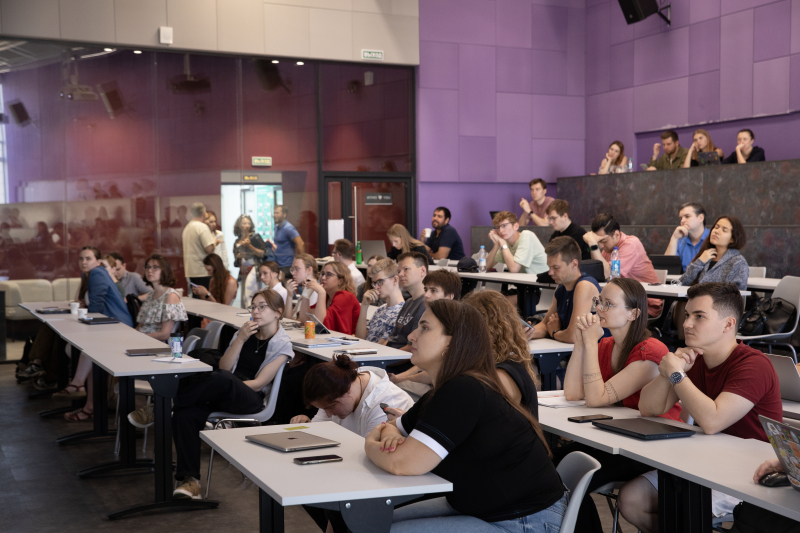
PI School: Rising Star. Photo by Maria Chudina / Megabyte Media
8 steps to innovations
At Samolet, we follow these 8 steps to develop and implement an innovation:
- Setting a goal. Crucially, it has to be ambitious. Goals are not just about finding solutions for our current tasks. You see your company or project as a leader, you want to develop the best product or turn some tables. Like, for years we’ve all been ordering taxi by phone, but now we have an app for that. This is one of the good examples.
- Choosing a field. Take good care when choosing a field to invest in. Although you can’t predict which one will boom, you can prioritize them.
- Making a breakthrough. A successful innovation is a new technology or method that can make a major breakthrough in a specific field. We look for novel marketing, technological, or business solutions that can be transformed into revenue.
- Growing. Once you’ve come up with something new (for instance, you’ve built the first cast-in-place concrete frame building), you have to come up with a business model for it and think how you are going to implement, scale, and develop your solution further – for instance, sell it to other companies or use it to sell turnkey houses.
- Competing. When your solution hits the market, you have to keep your hand on the pulse, and keep track of your competitor’s developments. Back to that cast-in-place concrete frame building example: you’ll have to keep checking for similar solutions with thinner floors, quicker assembly, or lower requirements for its builders. If someone happens to be better than you, you should be ready to change.
- Scaling up. Many solutions won’t be profitable at a low scale – for example, semiconductors won’t be viable without a certain production minimum. This is due to technological expenses. That’s why it’s important to enter new markets and expand your influence.
- Expanding your solution’s applications. For that, you have to share your technologies with other specialists. For instance, construction technologies may be of use for architects.
- Stimulating your staff. Motivate and reward your team for their solutions, strive to organize the process well, and create convenient working conditions. For instance, we offer our key staff (CEO, CTO, CPO, and key developers) a share in the company. Moreover, we offer a lot of flexibility: a four-day work week and the opportunity to work from anywhere and in any team.
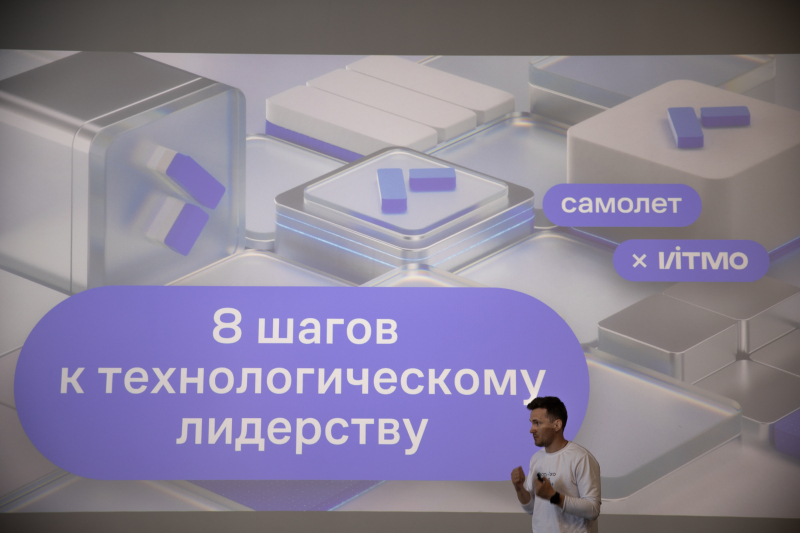
Andrey Ivanenko. Photo by Maria Chudina / Megabyte Media
Andrey Ivanenko’s lecture was part of the PI School: Rising Star. For the third year in a row, the school attracts young scientists aspiring to lead research, educational, and engineering teams. Here, they get to work on their career trajectories, find collaborators for research projects, and receive support for their ambitious projects.
